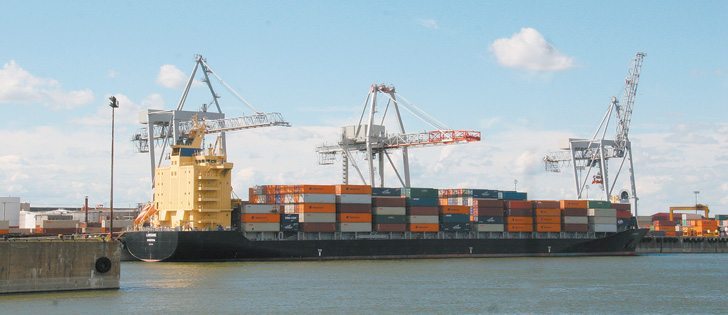Any time a wish is fulfilled, there are usually unintended consequences.
It used to be considered a foregone conclusion that rural areas would steadily decline. With farms getting bigger and requiring fewer people, nothing, it seemed, was going to revive smaller communities.
Community-owned hog barns, meat processing plants and other food processing initiatives were attempted in an effort to turn the tide, with limited success.
Instead, it has been the resource boom that has changed the fortunes of many towns. Oil and potash development is creating new jobs and attracting new people, fulfilling the earnest wishes of community leaders. Predictably, that has resulted in new challenges and problems.
Read Also

High prices see cow-calf producers rushing to incorporate
Farm accountants are reporting a steady stream of cow-calf producers rushing to get their operations incorporated ahead of selling their calves this fall.
Some communities are struggling to keep up with infrastructure and housing. You don’t know all your neighbours and their children anymore.
Who knew that revitalization would lead to so many strangers in town?
Another generally accepted conclusion a few years ago was that young people didn’t want to farm and ranch. Why would they when financial returns were so dismal? Much better to pursue a career in the city.
With a turnaround in profitability, agriculture now looks attractive and there’s no shortage of young people who want to return to their roots. Unfortunately, it has also become prohibitively expensive to get started.
Farmland prices have increased dramatically. So have the prices paid for replacement heifers and bred cows. Getting a start in agriculture six years ago would have taken half as much money as it does now. And rather than just competing against other producers to buy land, you now have to compete against outside investors as well.
The ramifications should have been predictable. Why wouldn’t profitability be capitalized into the value of productive assets?
During the tough years, people left the farm because it was difficult to make a living. Now that there’s money being made, farms seem to be growing larger at an even faster pace. The only difference is that those exiting are leaving with a much bigger retirement nest egg.
If you used to hope that agriculture would shed its quaint image, that wish has also been realized.
A new tractor and seeding outfit can cost more than $1 million and there are waiting lists to get the most popular air drills. GPS guidance systems and smart phones have become the norm. Agriculture is undeniably capital intensive and high-tech.
Good luck, though, trying to get seasonal help for seeding and harvest. There are too many year-round options for good employees.
As farmers, we used to wish that consumers would stop taking their food supply for granted. These days, consumers influence the food system like never before. They have a long list of demands: some valid and some not. Big food retailers and restaurant chains are listening to the lobby efforts and dictating to the entire food chain. Markets can be quashed if a food ingredient or production practice doesn’t seem appetizing in a You Tube video. Just call it the “pink slime” effect.
Engaged consumers mean great opportunities, but also inherent dangers.
Amazingly, the rural and agricultural wish list lacks focus these days. There has been such a paradigm shift in the last few years that rural leaders and policy makers are struggling just to figure out the new realities from all the wishes that have been fulfilled.














